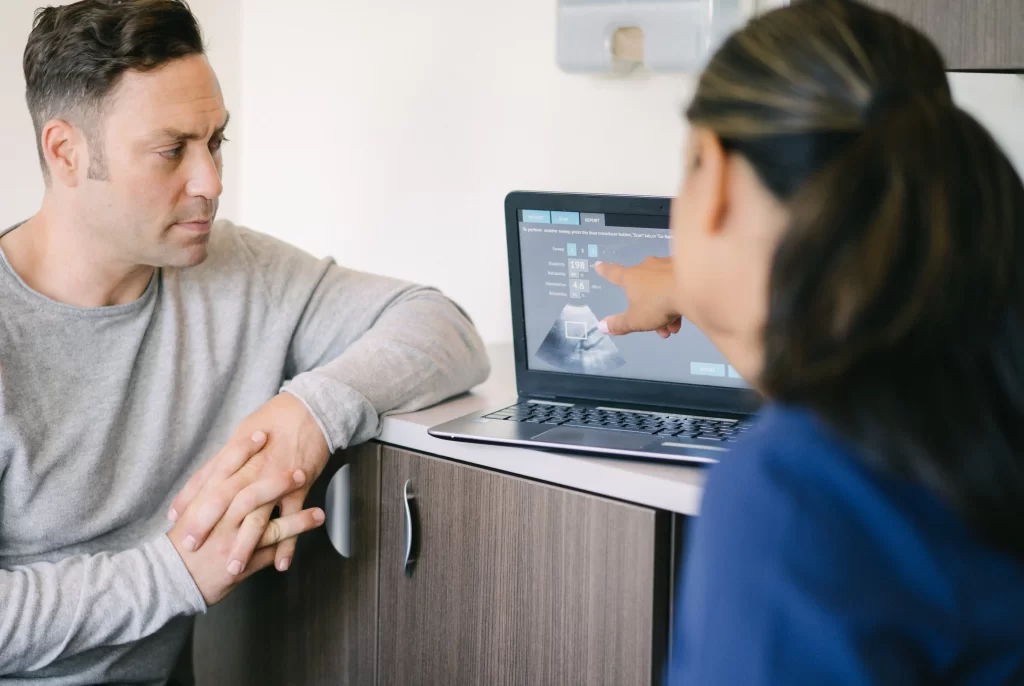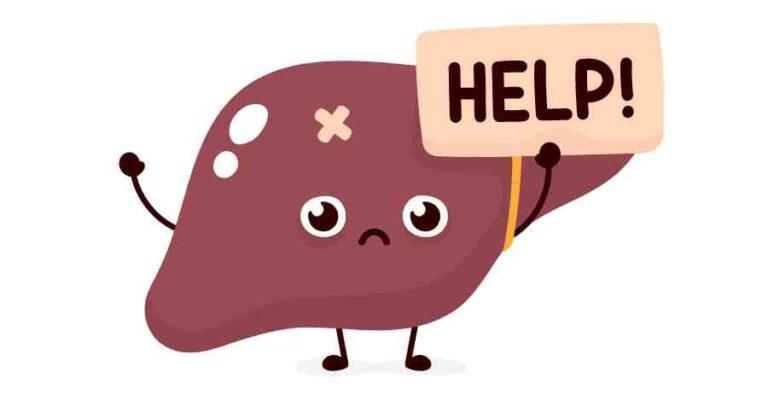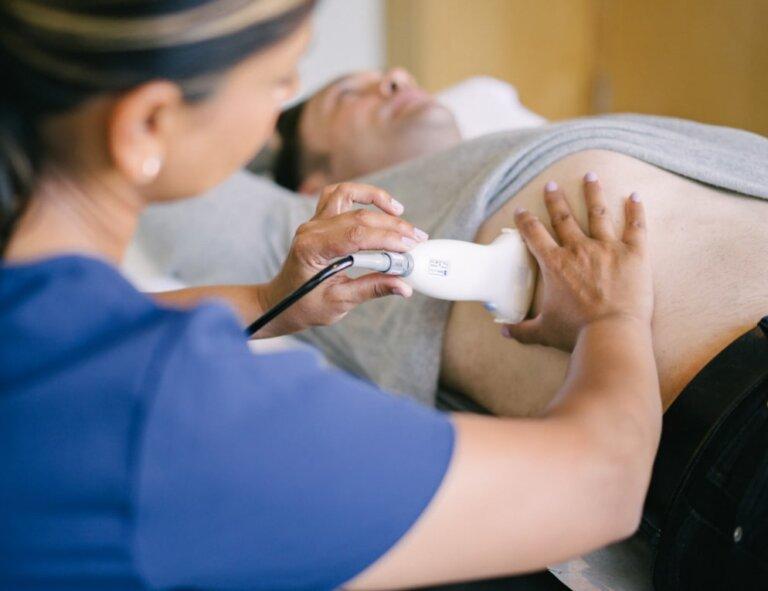Fatty liver disease is the fastest-growing segment of chronic liver disease. It is estimated that more than one in three adults suffer from Metabolic Dysfunction-Associated Steatotic Liver Disease aka. MASLD (previously non-alcoholic fatty liver disease, NAFLD)1. With early detection and intervention fatty liver disease can be halted or even reversed.


Fatty liver disease is caused by an excess amount of fat in the liver. Usually a small amount of excess fat isn’t problematic, but for about 20% of those with fatty liver, the condition gradually progresses and leads to inflammation in the liver. This is known as Metabolic Dysfunction-Associated Steatohepatitis, MASH (previously non-alcoholic steatohepatitis, NASH). Inflammation in the liver can cause scar tissue build up, a process called fibrosis. When scar tissue extensively replaces healthy tissue and impairs liver function, cirrhosis occurs which dramatically increases the chances of liver failure or cancer.
Fatty liver disease often has no noticeable symptoms, some subtle signs include fatigue, nausea, and abdominal pain. If you have type 2 diabetes, obesity, hypertension, or other metabolic diseases, you may be at higher risk for fatty liver disease.


With early detection and intervention, fatty liver disease can be halted or even reversed. Fatty liver disease is considered a silent epidemic because typically there are no noticeable symptoms, which can lead to underdiagnosis. Making healthy lifestyle changes, such as eating a nutritious diet and exercising, can greatly improve your liver health. Progress continues to be made in developing therapeutics to treat fatty liver disease. Speak to your doctor about treatment options.
Velacur is an ultrasound imaging tool that physicians use to measure liver stiffness and attenuation, the two leading indicators of fatty liver disease.
The Velacur procedure is painless, non-invasive and can be performed in 10 minutes, with results that can be reviewed immediately.
If you are experiencing symptoms including fatigue, unexplained weight loss, nausea, and abdominal pain or have a high risk of fatty liver disease, speak to your doctor about getting a liver exam.
01
Wear clothes that can provide easy access to the right side of your rib cage, such as a shirt that can be pulled up. This will make it easy for the operator to perform the exam.
02
To optimize the accuracy of the examination, we recommend fasting for a minimum of 4 hours before your scheduled appointment.
03
While fasting, you are encouraged to consume clear fluids only.